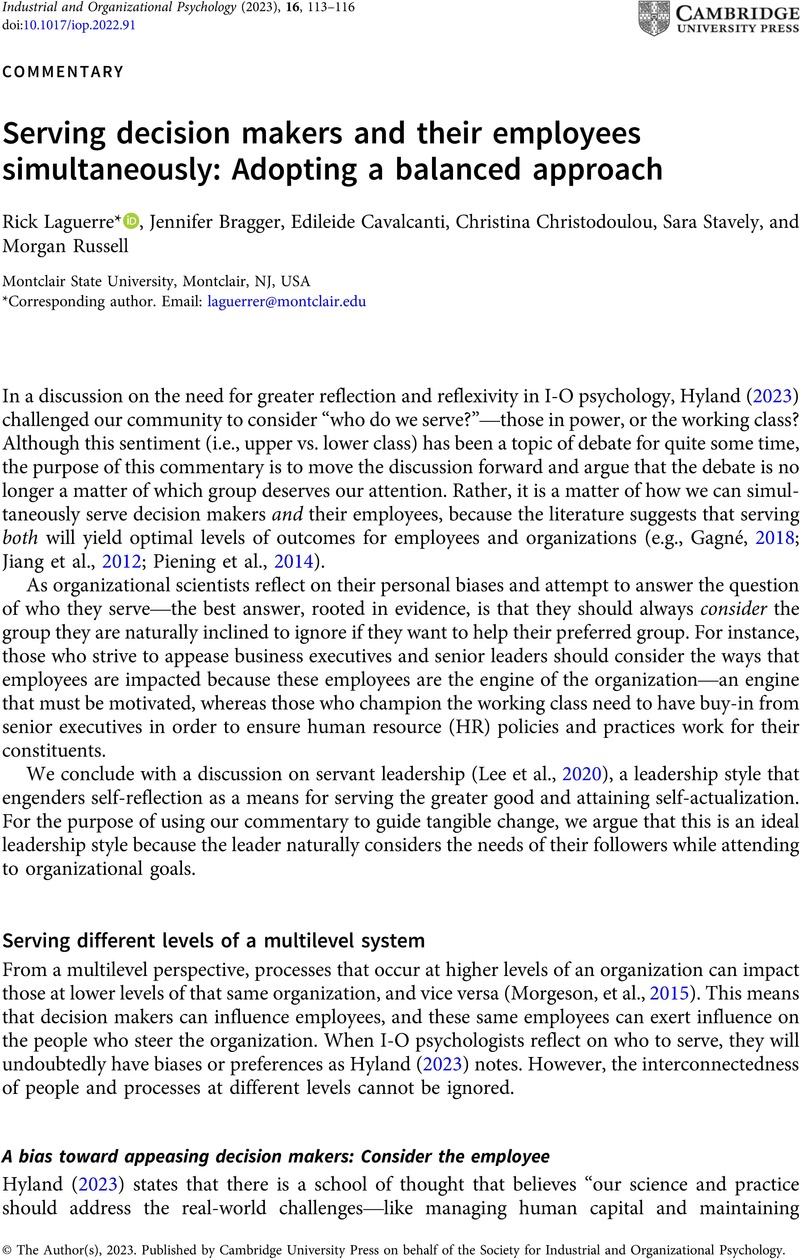Crossref Citations
This article has been cited by the following publications. This list is generated based on data provided by Crossref.
Laguerre, Rick A
Barnes-Farrell, Janet L
and
Zaniboni, Sara
2024.
Examining the influence of intolerance of uncertainty on (occupational) future time perspective and retirement-related outcomes in working adults.
Work, Aging and Retirement,



